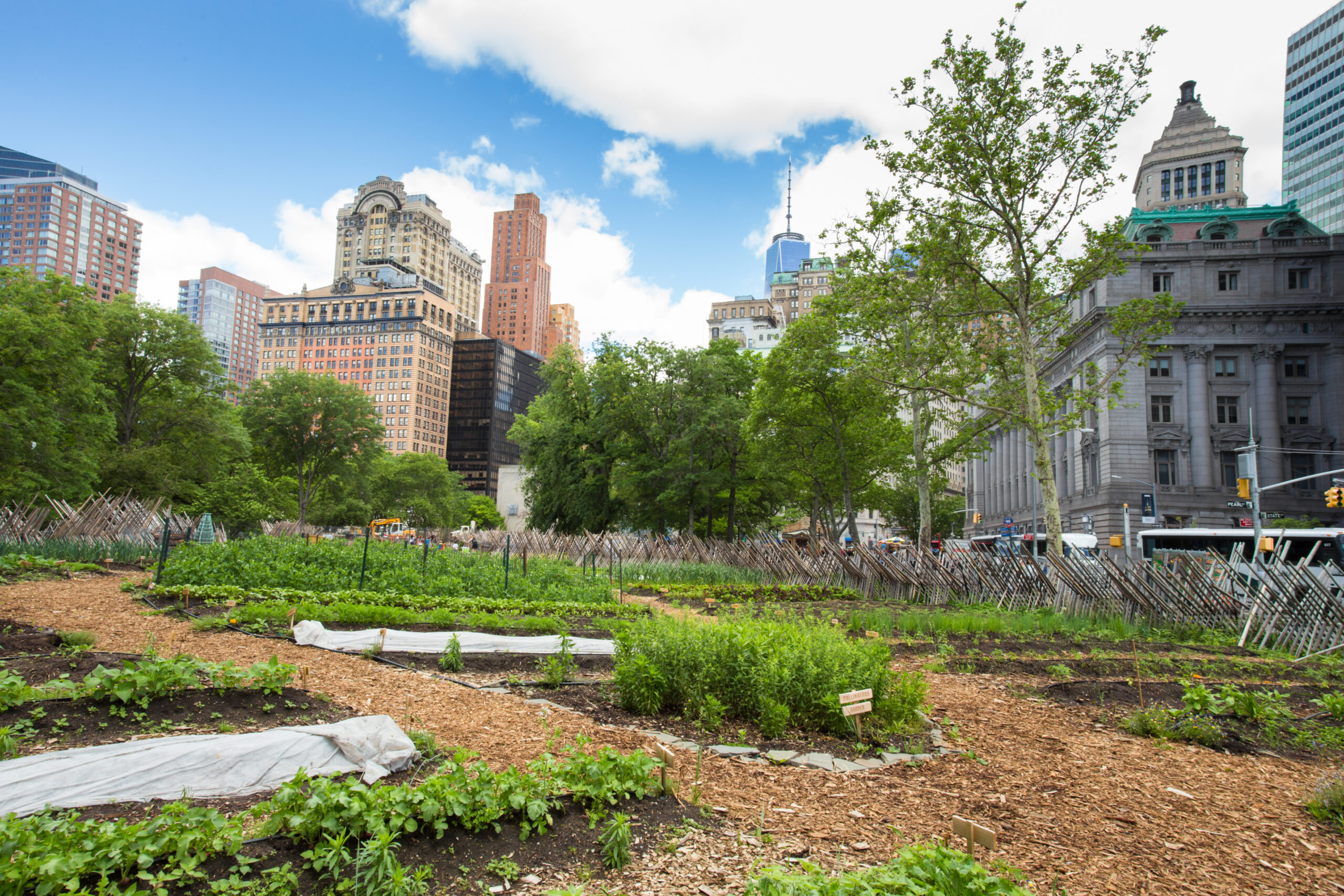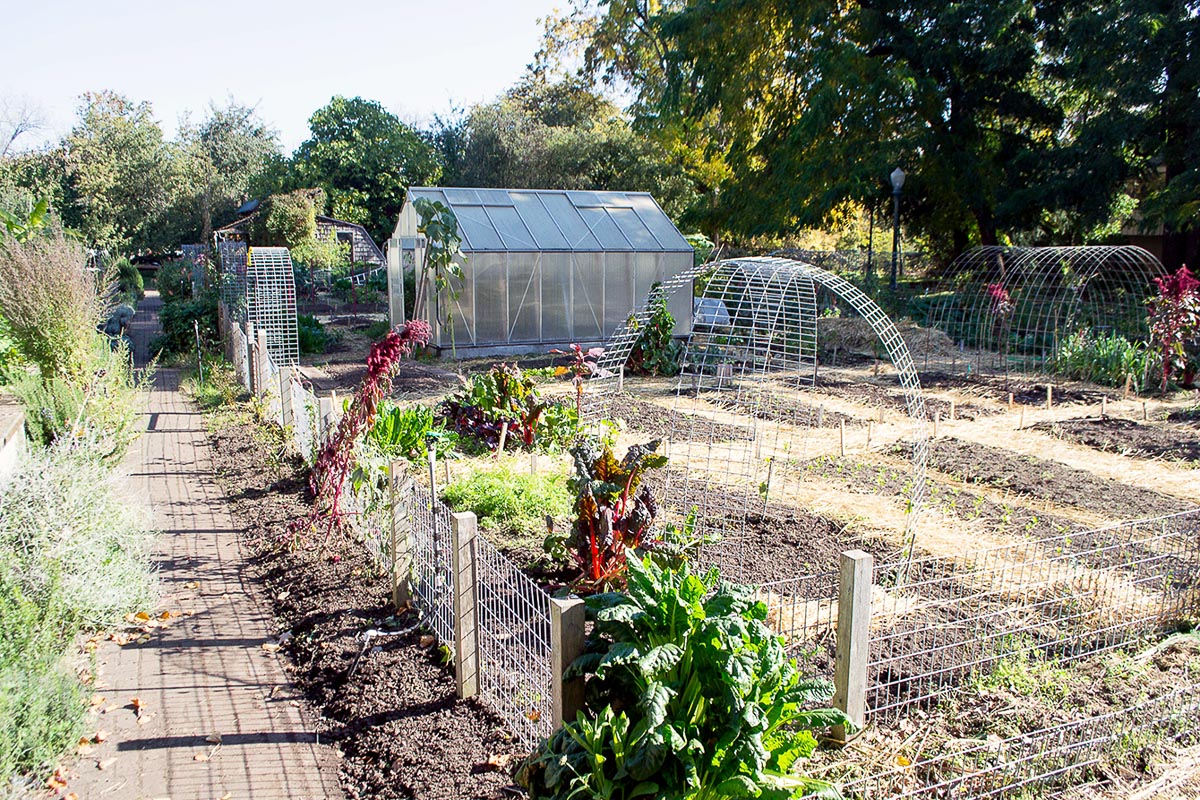About City Blooming
Table of ContentsThe 7-Minute Rule for City BloomingThe 20-Second Trick For City BloomingCity Blooming for BeginnersLittle Known Facts About City Blooming.Not known Factual Statements About City Blooming
Intrigued in growing food for sale in the City of Chicago? Below is a list of frequently asked inquiries concerning the regulations and regulations that farmers ought to think about when intending an urban agriculture project.
The zoning change does not customize any other codes handling composting, building authorizations, buying or renting City owned residential property, company licenses or ecological contamination. There are existing codes that control these concerns and they stay in complete impact and might apply to your project. Neighborhood yards are normally owned or managed by public entities, public companies or community-based organizations and maintained by volunteers.
Urban farms grow food that is planned to be marketed, either on a not-for-profit or for-profit basis. Due to their commercial objective, urban ranches require an organization certificate.
Facts About City Blooming Revealed
Composting is permitted however just for plant material that is produced and made use of on website. The quantity of garden compost material can not go beyond 25 cubic yards at any provided time according to the standards in 7-28-715 of the City's Municipal Code. Yes. Because the dirt at most brand-new garden websites requires changing, compost, soil, timber chips, or various other products can be acquired to build or boost the growing area - sustainability.

If a structure permit is required after that the hoophouse will be thought about an accessory building. You can find out even more regarding the building authorization demands by contacting the Department of Buildings. The 25,000-square-foot dimension restriction is intended to stop a solitary neighborhood garden from controling an offered block or interfering with the block's existing domestic or industrial character.
The restriction does not use to yards situated in Public Open Space (POS) areas. Can there be greater than one community yard that is 25,000 square feet on a single block? Yes. The dimension limit puts on specific yards, not to individual blocks. No. Secure fencing is not required, nonetheless, gardens that have big auto parking areas might be required to mount secure fencing or various other landscaping features.
Examine This Report on City Blooming
B1 & B2 districts require that all business use activities be carried out inside. Is fencing needed for urban farms? Fencings might be needed, along with landscaping and screening, for certain vehicle parking areas and outside work or storage space areas depending on location and the details task taking place.
Urban ranches require structure licenses and zoning authorizations prior to building (fruit and vegtables). Various other types of city evaluation may be called for depending on certain structures, activities, dimension, landscape design, licensing, public health and stormwater monitoring concerns.
The Department of Organization Matters and Consumer Defense can assist identify the details type of business license that's required. Off street auto parking is required for most business tasks in Chicago. The called for number of vehicle parking areas is based on the number of staff members functioning why not find out more on website and not the square footage of the growing room.
The Best Strategy To Use For City Blooming

A city ranch can offer compost material generated on website, nonetheless, the procedure needs to abide with the regulations in 7-28-715 of the Chicago Municipal Code. Aquaponic systems are allowed inside your home on metropolitan ranches in lots of zoning districts.
Up to 5 hives or swarms of honey may be maintained as an accessory usage. Nonetheless, beekeepers need to register with the Illinois Department of Agriculture. To find out more concerning the suggested zoning modification you might get in touch with the Division of Real Estate and Economic Growth, Bureau of Preparation and Zoning at 312.744.8563.
Farming in cities and city locations A city ranch in Chicago. Urban farming describes various methods of growing. https://forums.hostsearch.com/member.php?263116-cityblooming, handling, and distributing food in metropolitan areas. The term likewise relates to the area activities of pet husbandry, aquaculture, beekeeping, and horticulture in a city context. Urban farming is identified from peri-urban agriculture, which occurs in country areas at the side of suburban areas.
Fascination About City Blooming
, that seek to create social networks started on a common values of nature and area holism. These networks can establish by means of official institutional support, coming to be integrated right into neighborhood town preparation as a "shift town" activity for lasting metropolitan development.
Some of the first proof of urban agriculture comes from Mesopotamia.